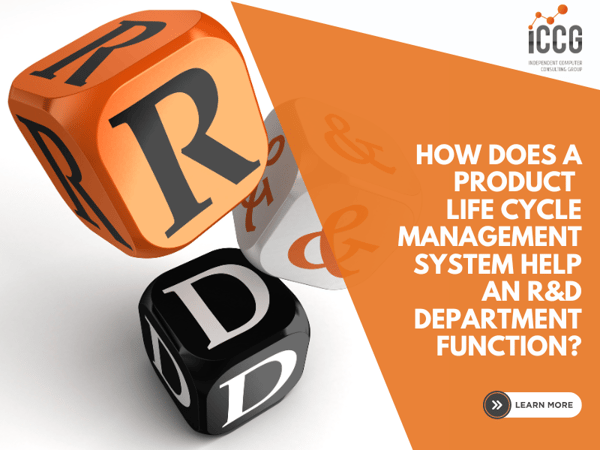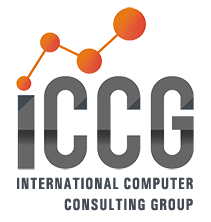By Christine Dominski, ICCG Senior Business Consultant
Do you find yourself searching for Information through multiple Excel files? How about Teams or SharePoint sites? Do you struggle with managing approvals or reviews?
Maybe it is time for a Product Life Cycle Management System (PLM).
Product Lifecycle Management (PLM) is the process by which Research and Development innovate new products and manage quality throughout the product lifecycle to ensure the highest level of consumer satisfaction and shareholder value.
PLM systems wrap around Business Strategies and Product Portfolios to help coordinate information and collaboration across an organization. The process of generating product ideas, all the way to product retirement, can be managed in a PLM system. Manage Suppliers, Items (ingredients), Formulas (recipes), Label and Project information, all in one place. Record approvals at every step of the way to provide audit trails.
Product Lifecycle Management affords the peace of mind that all data is managed and reported as required by your organization. A PLM system allows you to control User access to the information as needed for your business success. Integration with ERP systems and a data lake are available. Use the data lake to feed E-Commerce initiates or other internal systems used for reporting.

How to use a PLM system effectively:
Suppliers –
- Manage supplier contact information
- Manage Audit and Compliance documents
Items (Ingredients) –
- Manage Attribute information (nutrition, physical/chemical, allergen, etc.)
- Manage approved suppliers for the Item
- Manage Claims information
- Manage Certification documents – set and view expiration dates to stay compliant
- Manage Label declarations for Ingredient Statements
- Set Specification requirements
Formulas –
- Manage version control
- Calculate attributes from Items in the formula to determine Formula attributes
- Validate Claim appropriateness from Items in the formula
- View Manufacturing location information
- Set Specification requirements
- Manage Label requirements, if needed (Create ingredient statements and/or Label Content)
Labels –
- Create Ingredient Statements
- Manage Nutrition Labeling
- Manage Claims reporting (Kosher, Organic, Vegetarian, etc.)
- Manage USDA submission data, if applicable
- Manage Statements on Labels (Handling, Claim, Marketing, etc.)
Projects –
- Manage Project Information from inception to Completion
- Review Financial data at beginning of Project and 1 year out to determine success
- Collaboration engine to get input from all Stakeholders
- Stage Gate Approval Available to track progress of project
No matter your Business needs, PLM helps manage your data in transformational ways. The options above are just a small glimpse at the options available. Come see how PLM can transform your data.

